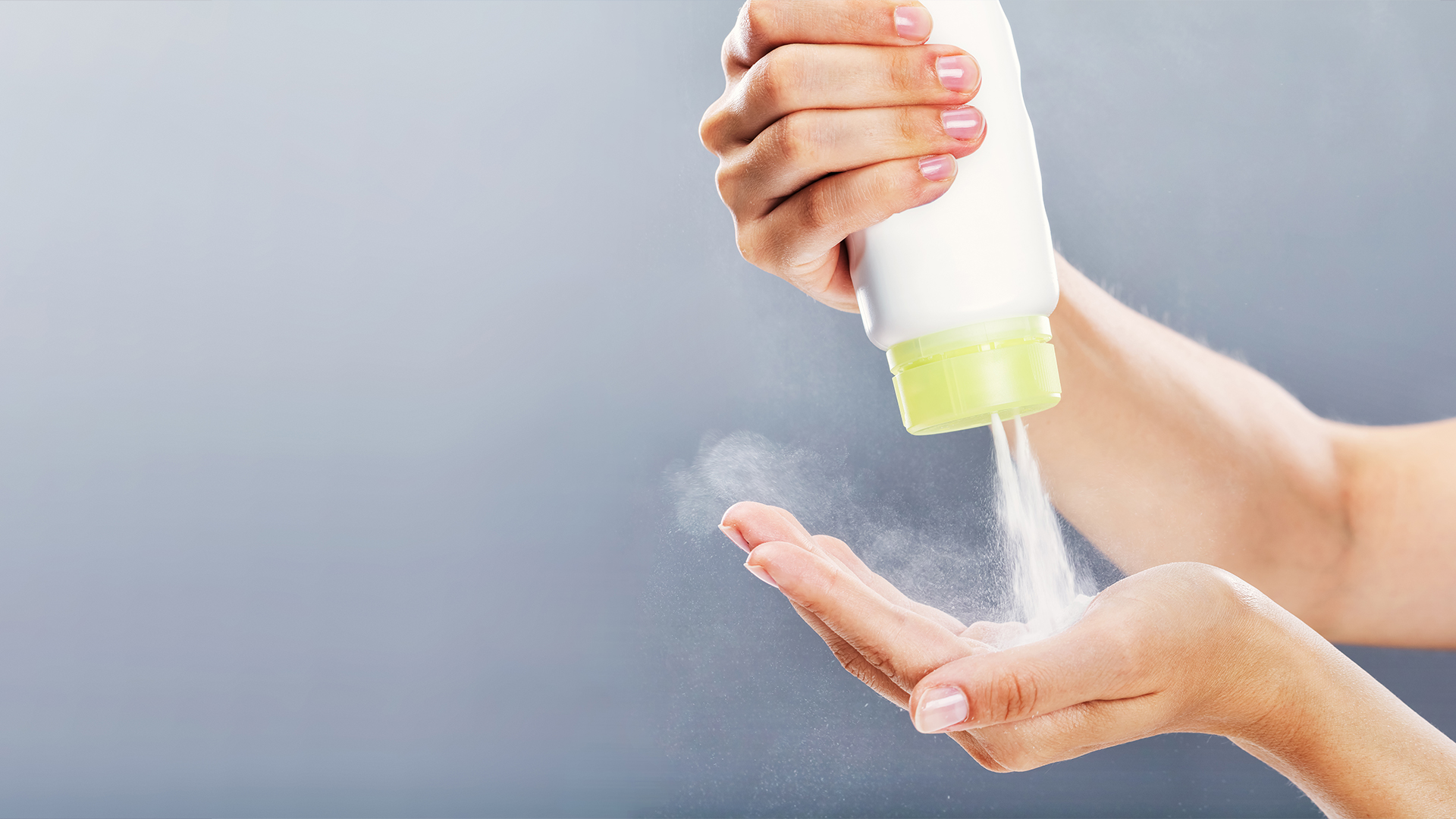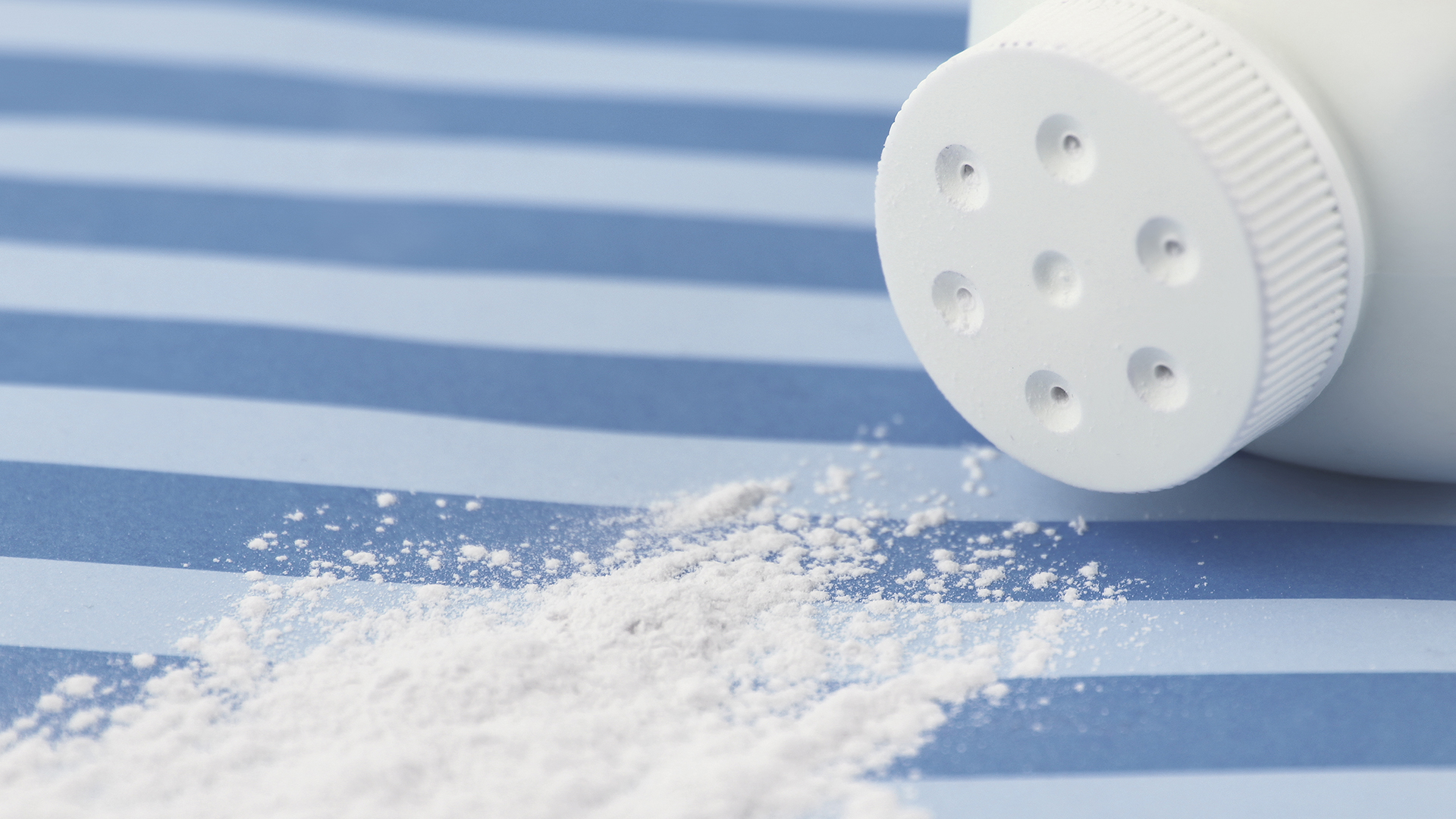Most women recognize that Toxic Shock Syndrome (TSS) is possible complication of tampon use. It is in the fine print on boxes of these feminine hygiene products from regular to super absorbent.
But do most young women know what TSS is and what it can do? The potentially fatal condition is caused by a staph or other bacterial infection. As the most absorbent part of a woman’s body, what is placed in the vagina can have serious consequences that few completely understand.
The educational campaign started by an American model
The Washington Post recently shared the story of what Toxic Shock Sydrome can do. In 2012, medics rushed 24 year old Lauren Wasser to the hospital after her had fever spiked at 107 degrees and she suffered a massive heart attack. She woke to the severity of her situation.
To save her life, doctors needed to remove part of her right leg. Seeing “yes” written on one leg and “no” on the other was devastating. The surgery was not the end of her pain and suffering. Because of ongoing complications, she worries that she will lose her other leg too.
The superabsorbent Kotex tampon she used that day was the cause.
Voluntary FDA approval process
Labeled intermediate risk products, tampon manufacturers need to seek FDA clearance before selling them in the US. This process does not include mandatory disclosure about materials used or microbiology testing.
The agency does urge manufacturers to provide a list of chemicals, additives and any finishing agents used in their process. Another recommendation is to conduct testing into whether a tampon causes enhanced bacteria growth, including those known to cause TSS. Wasser warns women, especially young women about potential risks associated with feminine hygiene products. She is also pushing legislation that would force the National Institutes of Health to determine if certain elements are safe.
Choices exist
Young women and their mothers need to understand the risks before recommending or starting lifelong hygiene rituals. Talcum-based baby powder is another example of a hygiene product known to be potentially dangerous for years. Women in their 60s have developed ovarian cancer after decades of using the product to freshen and absorb.
It is important to be your own advocate and do research into product safety. Manufacturers, however, often have more information than is generally available. When they do the wrong thing and keep selling a dangerous product even though a reformulation or additional R & D would have made it safe, there are remedies.
When you worry that a product caused a serious injury, speak with one of the experienced products liability attorneys at Weisfuse & Weisfuse. Our attorneys have a successful track record of handling these types of cases.
















